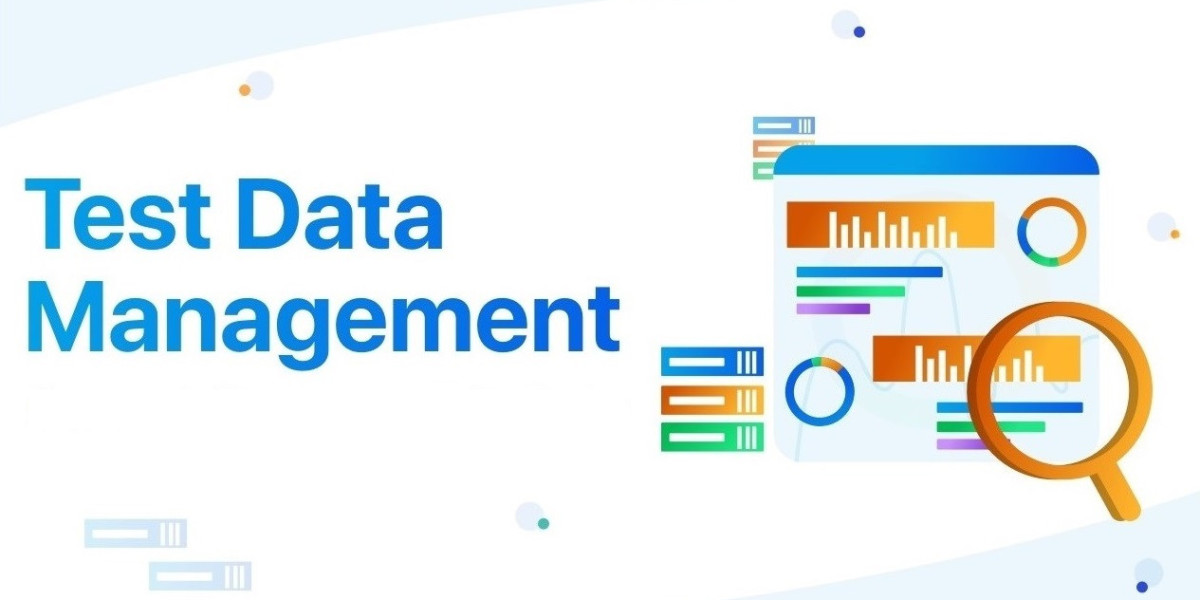In today’s data-driven development landscape, test data generation has become a critical process to guarantee software quality and reliability. By generating diverse and accurate test data, developers can evaluate how systems perform under various conditions, edge cases, and real-world scenarios without compromising sensitive data. This article dives into what test data generation is, its types, and the benefits it brings to the software testing process.
What is Test Data Generation?
Test data generation is the process of creating data sets that simulate real-world data to test applications effectively. It ensures software applications can handle various data inputs and user interactions by providing the simulated data needed for rigorous testing. These generated data sets serve as a substitute for real data, allowing testing without exposing private or sensitive information.
Why is Test Data Generation Important?
Testing with real data can expose sensitive information, which is often not allowed due to privacy laws and organizational policies. Using generated test data also enables flexibility in terms of:
- Testing scalability.
- Simulating edge cases.
- Ensuring compliance with privacy regulations like GDPR and CCPA.
Additionally, generating the correct test data for different testing scenarios leads to early defect detection, which reduces development costs, speeds up deployment, and ensures a more robust product.
Types of Test Data Generation
There are several ways to generate test data, each suited for different testing needs.
Manual Data Generation
In this traditional approach, testers manually create test data based on requirements and domain knowledge. Although time-consuming, it ensures control and relevance for specific test cases. However, it may not scale well for large applications.Automated Data Generation
Automated tools generate test data efficiently and consistently. Tools such as Mockaroo, Tonic, and Redgate SQL Data Generator allow the creation of data that mimics real-world patterns. Automated data generation can save time, reduce human error, and produce data at a scale suitable for complex tests.Synthetic Data Generation
Synthetic data generation uses algorithms to create data that imitates the statistical patterns of real data while not containing any real information. This is particularly valuable for AI and machine learning applications, where vast amounts of data are needed without compromising privacy.Random Data Generation
This approach involves generating random values for test data, useful for testing the robustness of software against unexpected or unusual inputs. It’s often used in load and performance testing to identify weaknesses in handling various input extremes.Data Masking
Data masking involves obfuscating or anonymizing real data to ensure that sensitive information is not exposed. It’s useful for testing scenarios that require data with realistic characteristics without revealing any personal or sensitive data.
Steps to Implement Test Data Generation
Here are the typical steps to follow when setting up a test data generation strategy:
Define the Test Scenarios
Determine which scenarios and test cases need data generation. This can include functional tests, performance tests, stress tests, and others.Select a Generation Method
Choose between manual, automated, synthetic, or random methods based on the requirements of your testing phase.Set Up Data Constraints
Define any constraints that need to be applied, such as data format, range, and uniqueness. For example, if testing a banking app, you might want constraints on the transaction amounts to fit realistic values.Generate and Validate Data
Use tools or scripts to generate the data and then validate it to ensure it meets the constraints and requirements defined. This step ensures that generated data accurately represents real-world scenarios.Integrate and Manage Test Data
Manage the generated data within the testing environment. Data should be reusable and manageable to ensure consistency across test iterations and updates.
Benefits of Test Data Generation
Improved Test Coverage
Test data generation allows for testing across a variety of conditions and edge cases, increasing overall test coverage.Enhanced Data Privacy
By using generated data, testers can avoid using sensitive production data, ensuring compliance with data protection regulations.Reduced Testing Costs
Automated test data generation tools and methods reduce the time and effort needed to create test data, lowering testing costs.Faster Testing Cycles
Ready availability of diverse and reusable test data speeds up testing cycles, allowing for faster releases and updates.Reliability in Automation
Test automation relies on consistent and repeatable data. Generated data ensures that automated tests can run smoothly without dependency on real data.
Best Practices for Effective Test Data Generation
To maximize the impact of test data generation, consider these best practices:
- Leverage Automation: Automating data generation can save significant time and reduce errors.
- Keep Data Fresh: Regularly refresh test data to align with new features and ensure that it remains relevant.
- Use Realistic Constraints: Data should mimic production data as closely as possible to catch real-world bugs.
- Separate Data from Code: Store test data separately to maintain modularity and flexibility for tests.
- Implement Data Masking: Use masking or synthetic data where privacy concerns are critical.
Conclusion
Test data generation is a foundational component of a solid software testing strategy. By creating reliable, scalable, and privacy-compliant data, organizations can ensure their applications are thoroughly vetted before release. This approach enables better test coverage, faster development cycles, and enhanced data privacy—all essential for delivering high-quality software in a competitive market.
Whether you’re developing new software or updating an existing application, test data generation will be a key driver in your success. Embrace the right tools and strategies to get the most out of your test data and build robust, resilient applications.







